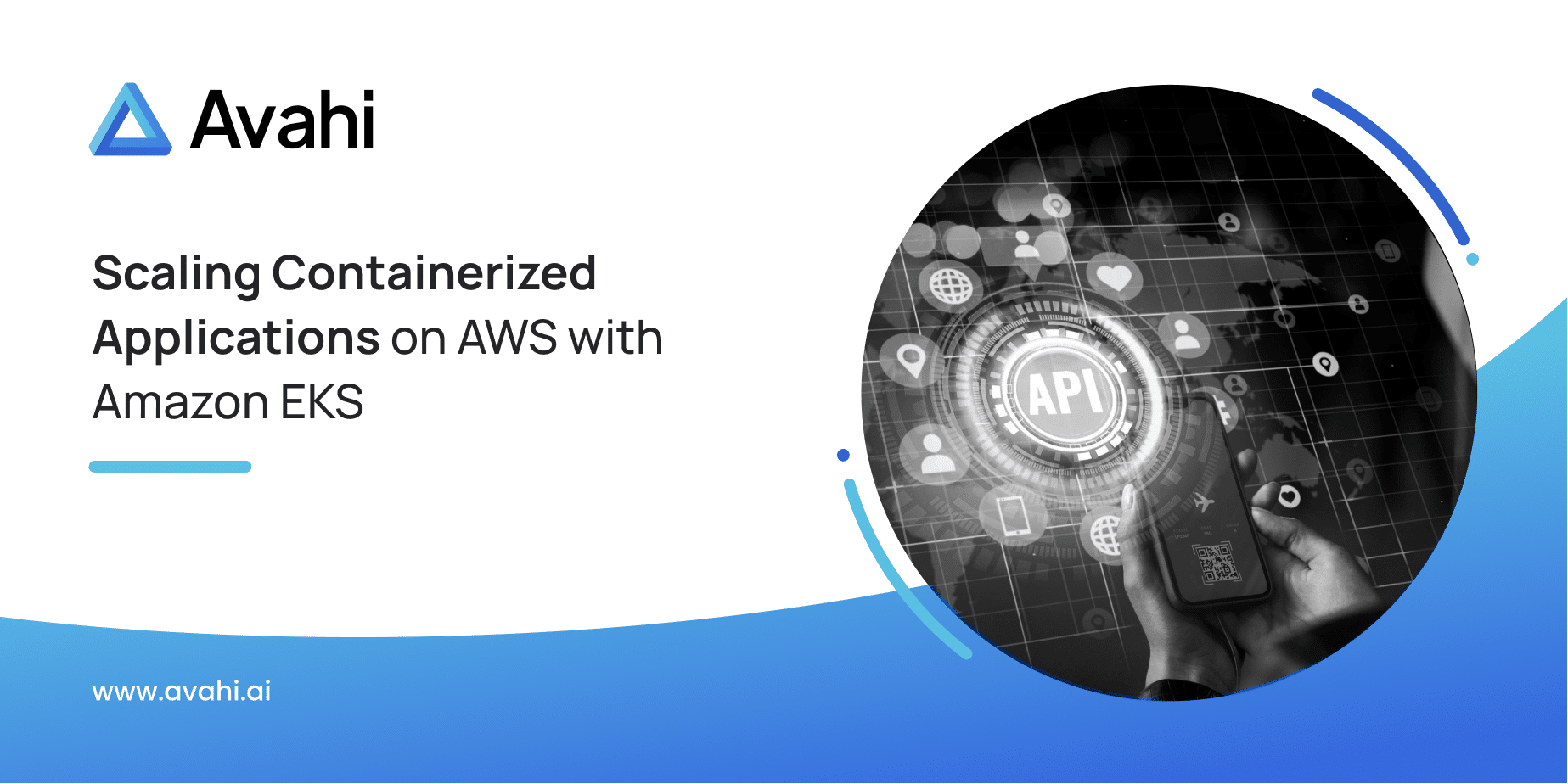
CustomAmaz
USA
SaaS
Amazon EKS, CodeCommit, CodeBuild
As Serviceo continues to grow, the company needs to be able to deploy, test, validate and promote components rapidly in their micro-service and component-based architecture. The software development team was experiencing significant struggles to work as a unified team. Code was being committed and deployed with broken library dependencies, resulting in manual fixes every release to ensure code was running correctly. The applications were disjointed and inconsistent, with very loosely coupled sets of software, services, and scripts. There was no robust deployment of the applications, and once deployed, there was often a need to intervene manually. The team wanted to have a Zero Downtime Deployment (ZDD) strategy to deploy a new version of services without interrupting the operation of the service.
Serviceo offers an innovative software platform that leverages over a decade of industry experience with flexible business models that enables organizations to streamline their global IT field service delivery. Their platform provides On-Demand field services around the globe, meeting enterprise SLAs utilizing 600 forward stocking locations around the world and a network of thousands of vetted and highly qualified local technicians.
Below is the architecture diagram of solution designed by Avahi’s cloud solution architects.
Following components were used to build this solution.
There are several options available for selecting an ingress controller for EKS, and most of them are open source solutions. Below are the use cases that can influence the decision when selecting ingress controller:
We decided to use AWS Elastic Load Balancing (ELB) for ingress with a plan to gradually migrate to a more complex solution in the near future. While ELBs may have a limited feature set, it minimizes operational complexity and provides stability and easy scaling.
Working together, Avahi and Serviceo development team decided that the best approach is:
Avahi cloud engineers planned to build a more modular, extensible system to support future feature enhancements and a more frequent release cycle. Kubernetes-based solution for runtime can do that while providing the scale to meet present-day and future demands on the system. The solution also had to be secure enough to meet regulatory requirements, such as the California Consumer Privacy Act (CCPA) and General Data Protection Regulation (GDPR). Avahi proposed to use Amazon EKS for Kubernetes instead of building the cluster from the ground up.
Amazon Elastic Kubernetes Service (Amazon EKS) is a managed container orchestration service that provides templates, code samples, and best practices to help developers ramp up quickly. AWS manages the infrastructure for Kubernetes, freeing the team to focus on adding value to their application – not on operations. The benefits of using Amazon EKS for Serviceo include:
Efficient resource utilization
The fully managed EKS offers easy deployment and management of containerized applications. It enables efficient resource utilization that elastically provisions additional resources without the headache of managing the Kubernetes infrastructure.
Faster application development
Developers spent most of the time on bug-fixing. EKS reduces the debugging time while handling patching, auto-upgrades, and self-healing and simplifies the container orchestration. It saves a lot of time, and developers will focus on developing their apps while remaining more productive.
Security and compliance
Cybersecurity is one of the most important aspects of modern applications and businesses. EKS integrates with AWS IAM and offers users on-demand access to reduce threats and risks. EKS is also completely compliant with the standards and regulatory requirements such as System and Organization Controls (SOC), HIPAA, ISO, and PCI DSS.
Quicker development and integration
EKS supports auto-upgrades, monitoring, and scaling and helps minimize the infrastructure maintenance that leads to comparatively faster development and integration. It also supports provisioning additional compute resources in Serverless Kubernetes within seconds without worrying about managing the Kubernetes infrastructure.

Founder, Bravo Foxtrot